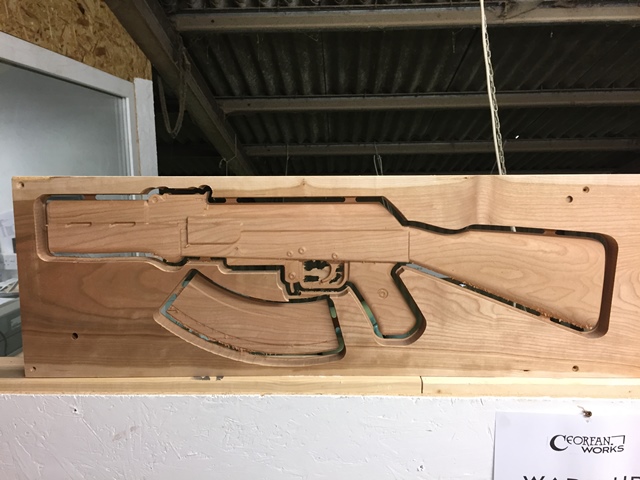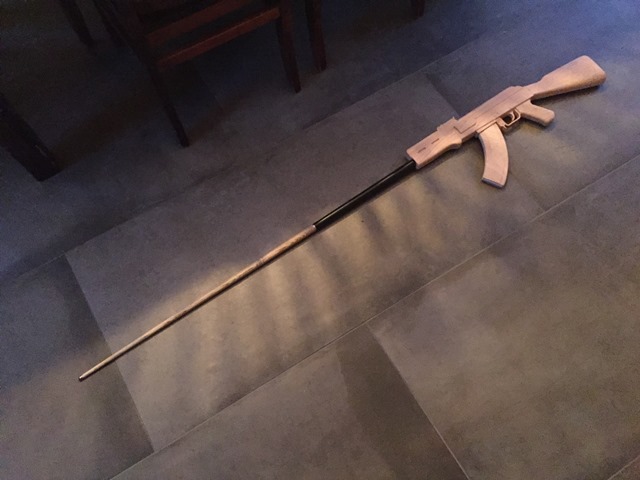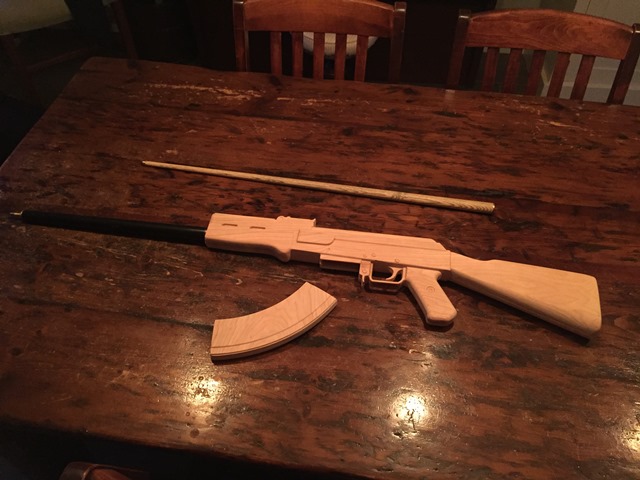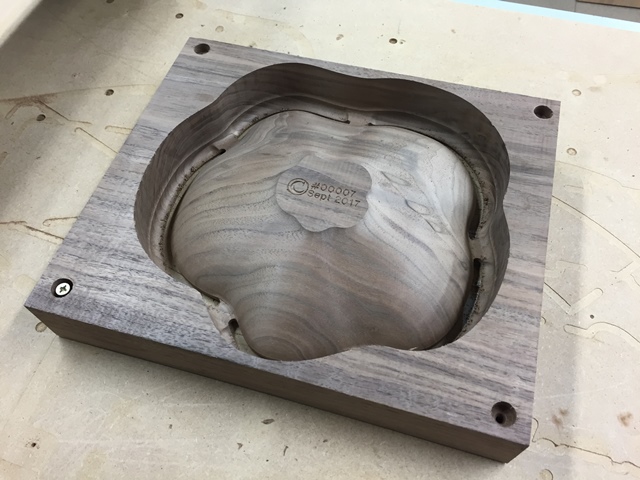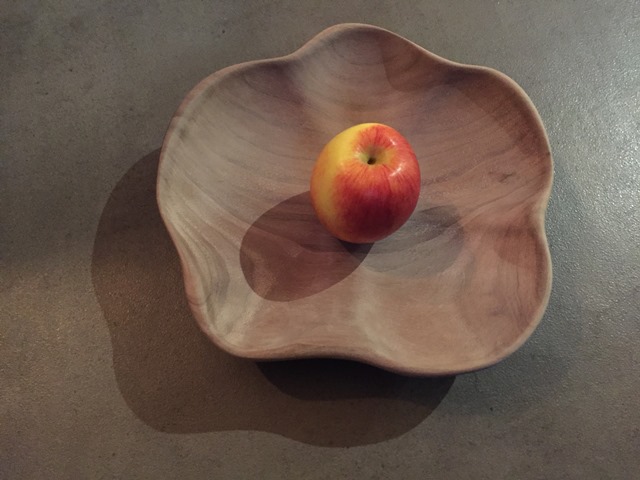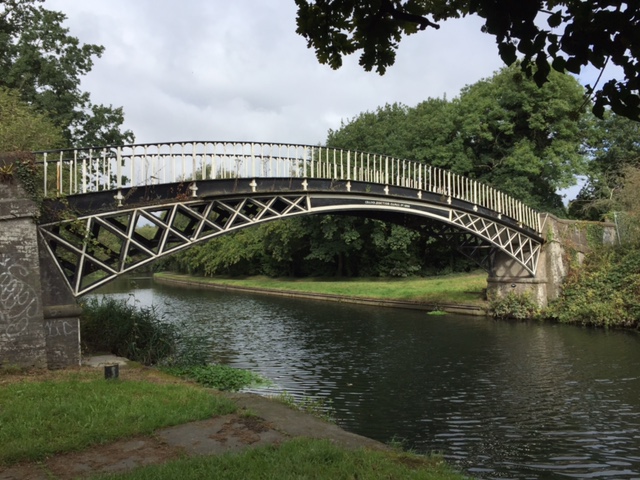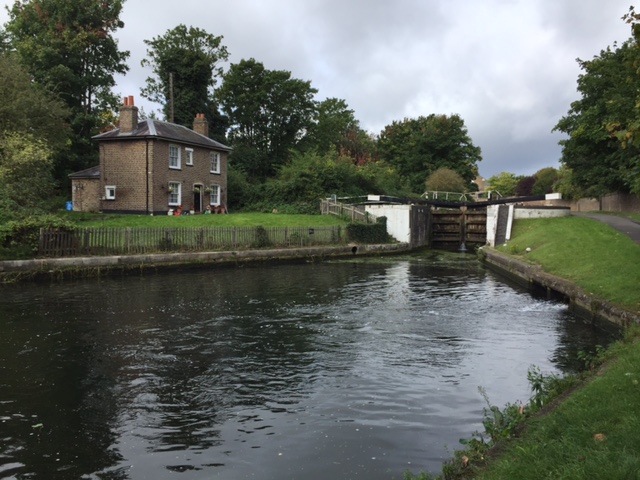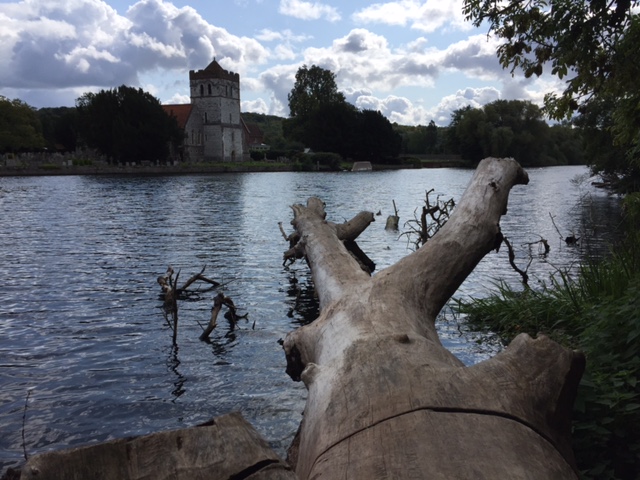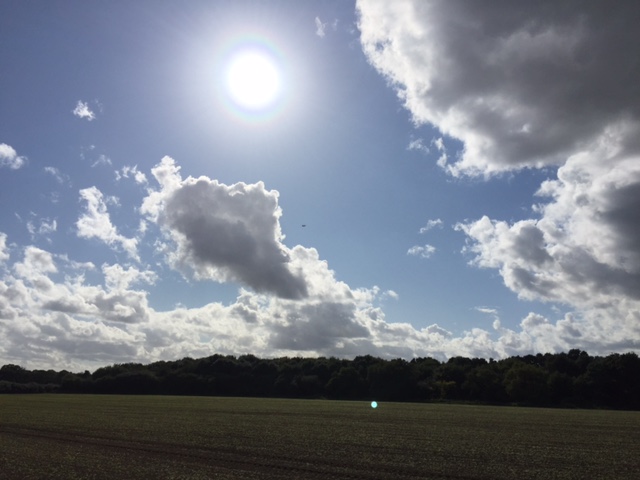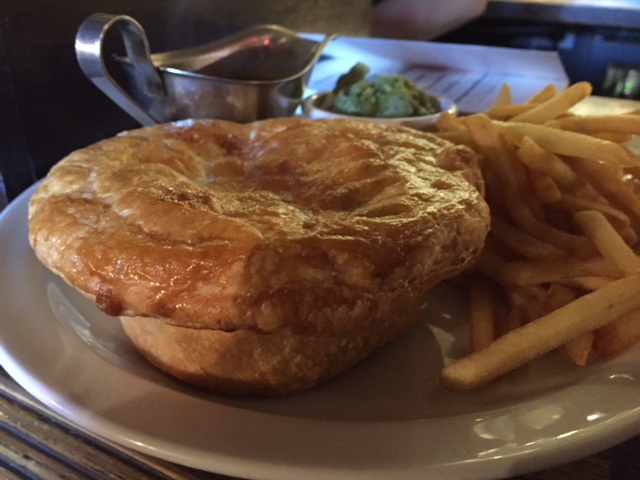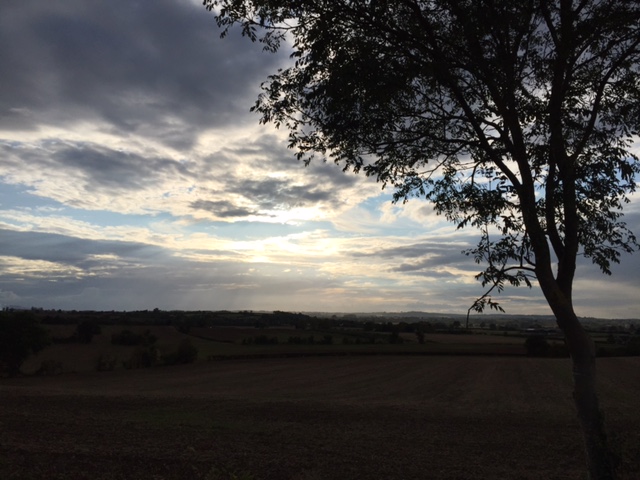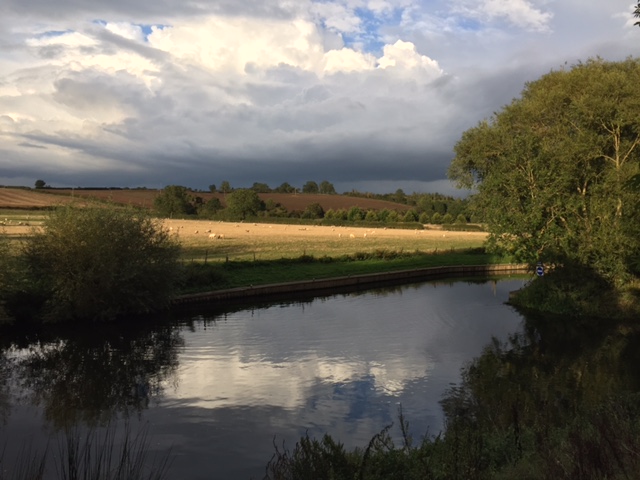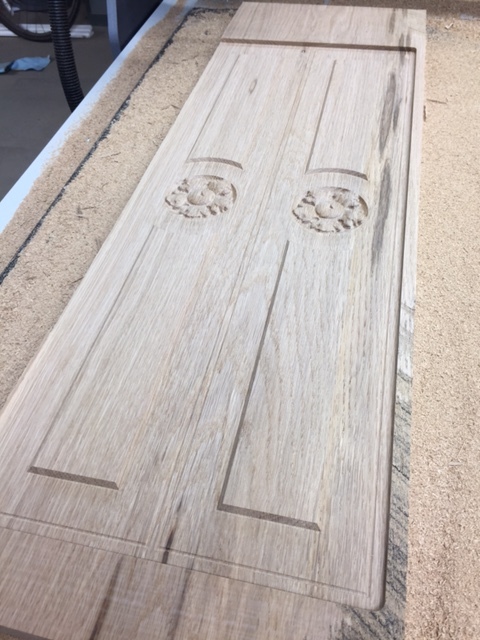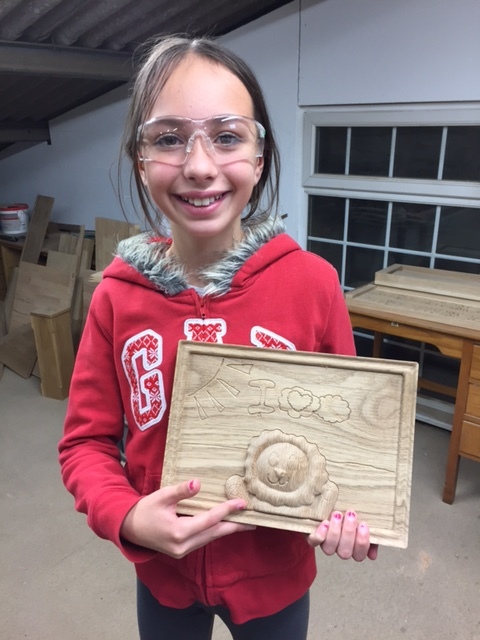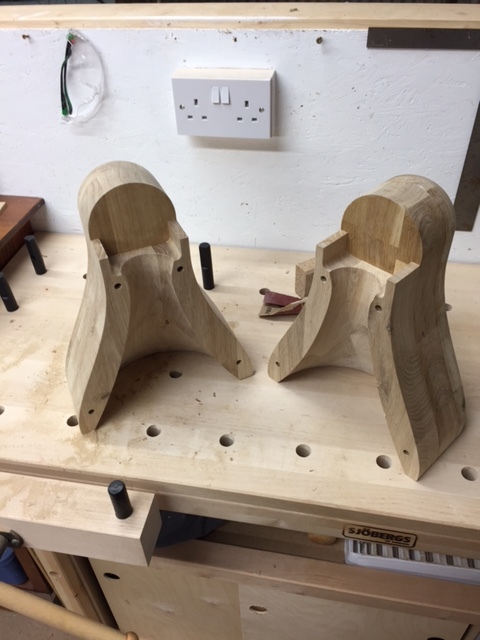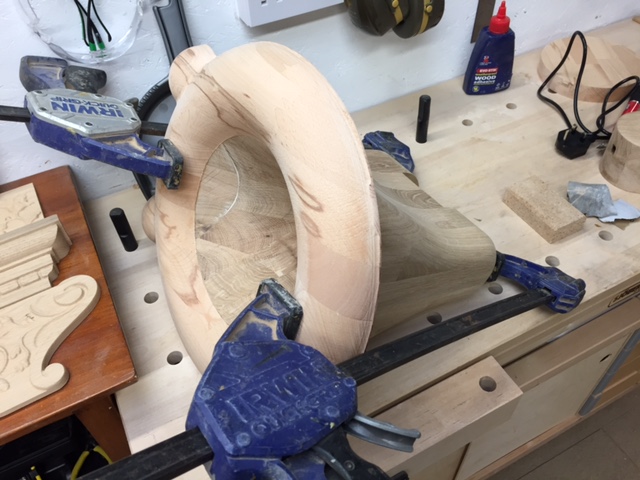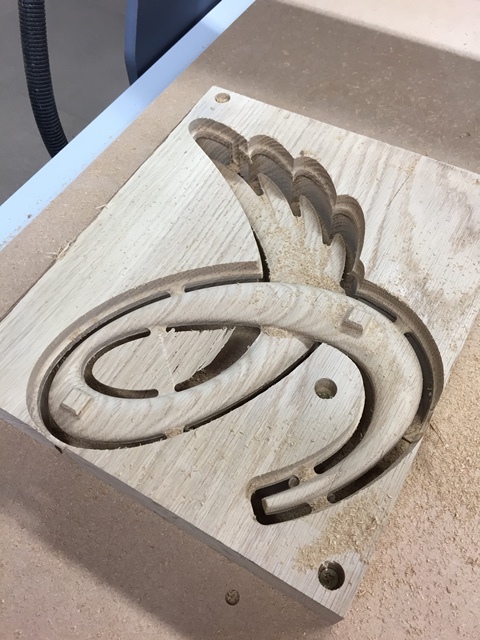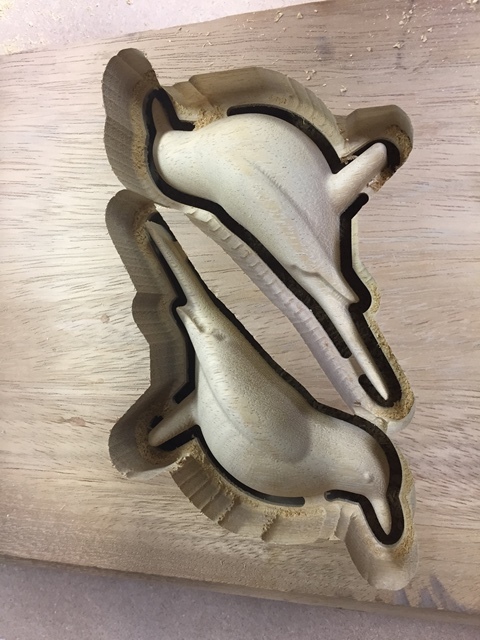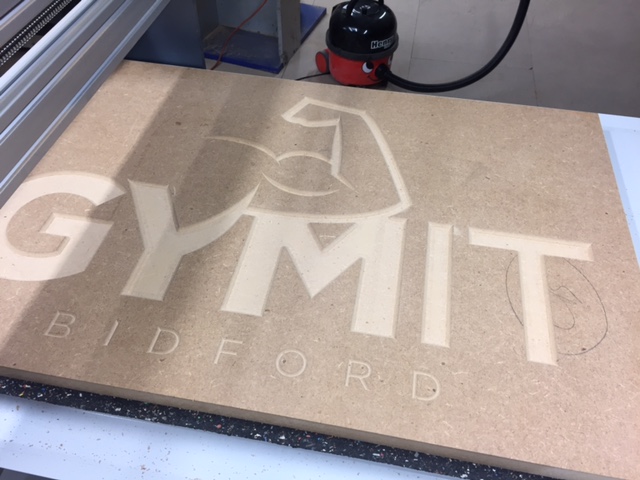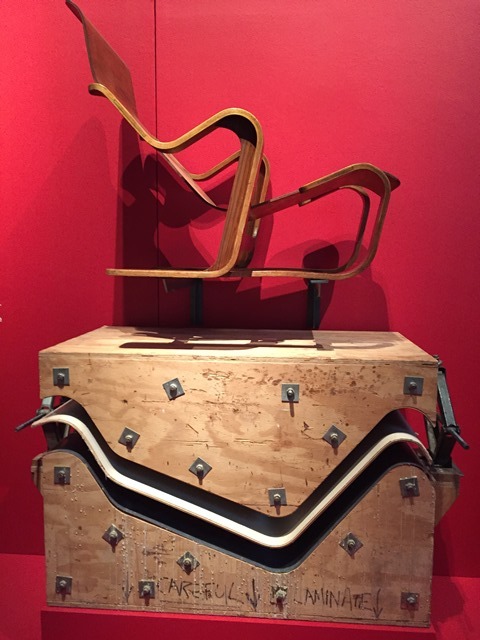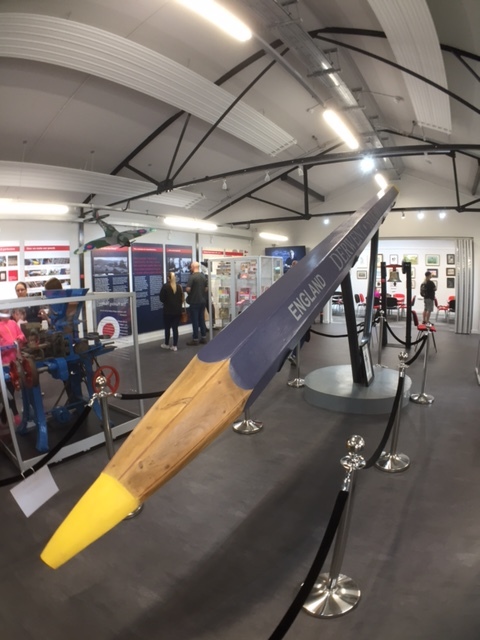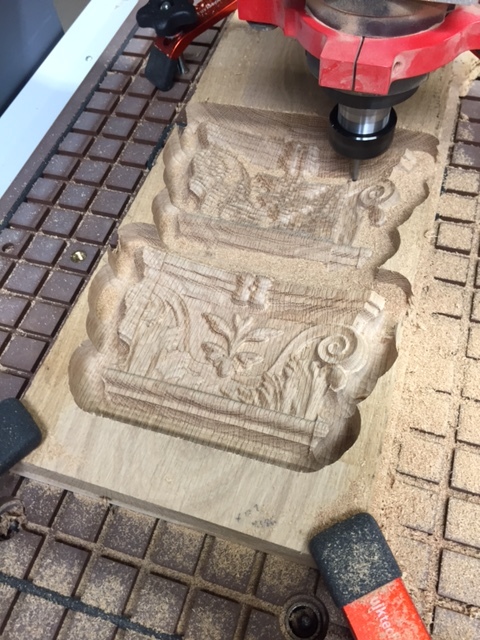It’s been a while since I’ve updated the website, I don’t think will have inconvenienced anyone with my lack of attention but if you have been waiting then apologies... The summer holidays combined with several weeks occupied with outdoor activities kept me out of the workshop. The last of these diversions and in many ways the finale to my year of avoiding work was taking a week to walk from central London to where I live in Warwickshire (about 150 miles). At some point I'll do a short write up about the walk and my reflections on it. Now I’m home and working full-time on CeorfanWorks updates to this page and the gallery should become weekly, and you’ll see a lot more interesting things being made and documented here.
In between some of these activities I was able to get into the workshop to cut some animals I’d been asked to create by Tom Philpott who I share the workshop with, These were for a blanket-chest he had been commissioned to make. The customer had selected some images they liked and I’d created the models using Vectric’s Aspire software and added a textured background. These were carved into the oak panels for the top, front and sides of the chest. As you can see in the pictures they came out well and the customer was apparently very happy although I have not seen the finished chest as it was finished and delivered while I was away.
I have been back in the workshop this week and made very good progress with the Mantel project that has been ticking over for the last few months. Next week I only have a few more pieces of the decorative moulding and the top part left to cut. Then hopefully in October we’ll be looking at assembly and installation. This week saw the first set of parts I needed to carve that are longer than the CNC machines 900mm cutting envelope. As such I had to use a feature in the Aspire software to "tile" the toolpaths. This involves modelling and creating the cutting geometry for the full-size part then telling the software that you want to cut part of it first then once that’s complete pull the material through the machine and cut the rest. I was quite nervous about this, as when you’ve already spent half a day carving it would be upsetting (to say the least) to mess up the second part.
I used the CNC to cut an MDF jig that I could clamp down to the table to create an edge to hold the wood against and make sure when I move the material through it remains straight. To index the correct distance after running the cuts for the first part, I carefully measured from the end of the board and made sure to move it through the amount I’d set in the software.
The first piece I cut was a simple moulding shape, you could argue this could be done with regular wood working equipment but part of the challenge for this mantel project I’ve set myself is to cut it all on the CNC, just to prove I can... I chose this part to try first as I knew it would be easy to sand any mis-registration out of it if I messed it up a little. The process worked well but there was a noticeable difference of between 0.25 and 0.5 mm. between each tile. So, before I started the second part which was a more complex Egg and Dart I adjusted my jig a small amount to try an eliminate this issue.
The Egg and Dart came out almost perfectly. There was a very small discrepancy on the straight edges but nothing noticeable on the blend between the 3D shapes. I was impressed with the accuracy of the machine as there were four tool changes for each tile that had to line up. Having built up my confidence in the process, I finally cut the main design for the front on the Mantel. This carving on this is 1295mm (51”) x 153mm (6”) and around 15mm (0.6”) deep. With an estimate of around 10 hours carving and as the centrepiece of the mantel I wanted to make sure this came out right… Thankfully everything worked as well on this as on the previous parts and the alignment and finish were very good. You can see a selection of images of the parts being cut using this process below.
While these parts were cutting I was able to hand-undercut the acanthus leaves on the corbel. These had such high vertical edges that I felt it was important to do this and they did look much better subsequently.
Another job I did for Tom in amongst my coming and going from the workshop this month was some small quatrefoils for a library he is building for one of his customers. This was a perfect CNC job and I ended up cutting 96 of them in two setups on the machine. As of today these were being stained and finished for install next week.
One last thing I’ve been working on was finishing up my CeorfAmp – it’s hard to do it justice in photos but it looks great and sounds good too. It was also a good study in making something impractically heavy to be very portable. Lots of fun though and exactly the kind of not very sensible projects I would like to create more of You can see more pictures on the process to cut and build it on the CeorfAmp page of the website.



